In a modern home, it is impossible to live without a washing machine, and choosing this device is a task that requires attention. Manufacturers often attract consumers with various promises that are unlikely to come true in the opinion of repairmen and experienced users. We draw on our collected experience, including our own editorial experience, to identify what not to look for when choosing a washing machine.
Washing class
From our practical testing experience, it follows that even an affordable budget washing machine with washing class B, which is not particularly exciting in appearance, successfully copes with dried stains from the most persistent organic pollutants. It is only important to choose the right washing program, the appropriate temperature, and also pre-separate the laundry by color and type of fabric, and use a high-quality detergent.

What will help you wash better?
Stain removal programs involve a long phase at around 35-50 degrees, known as the enzyme phase. During this phase, enzymes are active and can destroy protein contaminants. It is important to remember that the effectiveness of such programs is achieved only when using washing powders with enzymes.

For washing delicate fabrics and wool, optimal drum movement algorithms and the quality of its surface are also important: a smooth surface and small honeycombs on the inside of the drum create a water cushion between the laundry and the drum, which reduces friction and is gentle on fabrics. By the way, in a technical context, “wash grade” means effectively removing dirt, and not necessarily preserving the integrity of fabrics and the appearance of things.
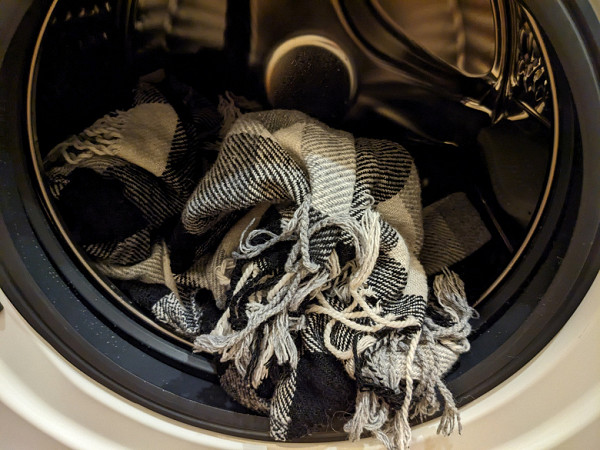

Spin class
Even if the maximum spin speed is low (for example, C or even D) and does not exceed 800-1000 revolutions, your laundry will still not be dry enough to leak. The difference between spinning at 1000 rpm and spinning at 1600 rpm is approximately one hour of drying. If it is not critical for you that the laundry comes out of the machine “almost dry,” then there is no need to strive for the highest spin speed. As in the previous case, the spin class does not guarantee gentle treatment of fabrics — its purpose is only to remove water. Regular spinning at very high speeds can quickly wear out your laundry. It is more important to be able to regulate the spin speed or at least reduce it by half. Unfortunately, even modern cars sometimes lack these functions.
What will help you get dry laundry?
We sincerely recommend a dryer in addition to the washing machine. We have already talked about its advantages over a washing machine with drying function. These are, of course, additional costs, but in the end, you save time and effort, which also brings you benefits and savings.
Inflated figures in loading characteristics

For decades, manufacturers have offered full-size washing machines with 5-5.5 kg loads and slim models with 3.5 kg loads. Modern technologies have made it possible to create machines with more capacious tanks: narrow ones with a load of 6-8 kg and full-size ones with a load of 7-10 kg. However, the question arises: how realistic is it to fit twice as much laundry into the tub?
There is some subtlety here: capacity does not mean that the laundry will be freely distributed. This refers more to the machine's ability to handle larger volumes rather than the quality of washing tightly packed laundry. Developers calculate capacity based on dense packing of laundry in the drum, which does not always correspond to actual conditions of use.
For example, we tested a narrow Yandex machine with a depth of 40 cm with a load of 7 kg and paid attention not only to its capacity in kilograms, but also to the quality of washing. The drum volume was 49 liters (rounded to 50 liters for ease of calculation), which corresponds to the volume of about 10 five-liter pans. We determined that in one such pan you can pack two shirts weighing 350 g each, which in terms of volume is about 700 g of cotton, very tightly compacted.
Thus, a 50-liter tank can hold about 7 kg of laundry, but it will be packed very tightly. To effectively wash cotton, it is recommended to leave approximately 20-25% free space so that the laundry can move freely inside the drum.
How then to wash blankets?
Noticing the growing interest, marketers from other brands have also jumped on the bandwagon, with increased washing machine loads being seen as an opportunity to wash larger items that previously often went to the dry cleaner, such as blankets and down jackets. It is interesting that the marketers and technologists of down jackets and blankets manufacturers did not stand aside, and in recent years these things have become more convenient to care for, thanks to the use of modern artificial fillers instead of natural down and heavy padding polyester. Standard washing machines do an excellent job of washing modern blankets, pillows and jackets, even without the fantastic 6-7 kg load that is often quoted for narrow models. It is important to understand that the indicated capacity only means the machine’s ability to withstand such a load, and not the ability to regularly wash, for example, 7-8 double duvet covers or 10-11 pairs of jeans (with a 6 kg load).
Unnecessary programs
It has long been known that most specialized programs in washing machines differ little from each other, and most things can be washed on standard programs for cotton, synthetics and delicate washing. However, having special options like «T-shirts» or «Blankets» on the selector makes the process easier — there is no need to select the appropriate temperature or press the «more water» button (which, by the way, is very useful). At the same time, there are programs whose presence manufacturers emphasize when selling, positioning them as new and even unique.
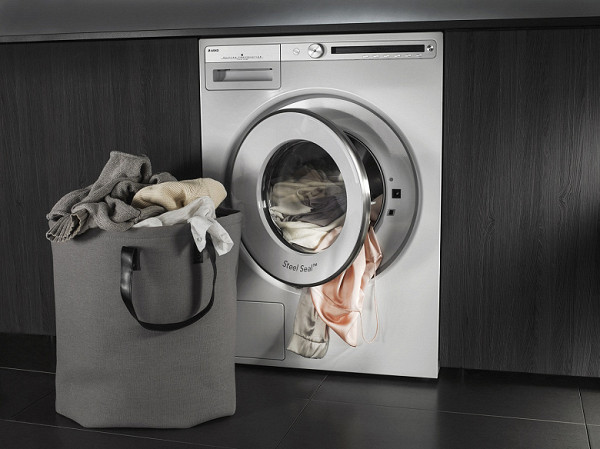
There are many programs in washing machines: for black linen, sportswear (membrane fabrics and impregnated fabrics), down jackets, jeans, children's clothes — the list seems endless. However, in reality, the washing algorithms and principles of these programs can be configured and used on the simplest machine with basic modes. If a machine is significantly more expensive because of the presence of one of these programs, and the choice is between it and another, less expensive, but without such special features, there is no doubt: you will overpay for the marketing creative.
What programs are important?
It is important to be able to manually adjust the wash time, temperature, amount of water and spin speed. These functions allow you to adapt the washing process to different types of fabrics and degree of soiling. For example, for delicate fabrics or sportswear with fillers, it is recommended to use the program for synthetic fabrics with the “more water” option and spin at minimum speed to avoid damage to the material. It is also important to choose a suitable detergent, for example, for dark clothes without bleaches or hypoallergenic for children's clothes.
The short wash program is a simplified version of the full cycle, designed to process laundry quickly with minimal water consumption. Adjusting the temperature in this mode is also important because increasing the temperature can increase the efficiency of the wash.
Although the Cotton Eco program is required for testing washing machines according to EU standards, it is recommended not to use it constantly due to the possible premature wear of the laundry. It is characterized by minimal water consumption and maximum washing time, which can be useful for reducing the amount of cotton items.
Steaming laundry in a washing machine has its benefits, such as denaturing allergen proteins and improving odor removal, but the effectiveness of steam depends on properly filling the drum so that steam can penetrate the fibers freely.
These recommendations will help you choose the optimal washing modes and use your washing machine with maximum efficiency and durability.
Detergent dispenser
The environmental function of precise dosing of detergent depending on the weight of the laundry is designed to minimize the impact on the environment. However, relying solely on an automatic dispenser is not always wise. It is important to remember that automatic dispensers may malfunction and may also be unnecessary if capsules or powder with predetermined doses are used. Moreover, using a dispenser often does not reduce, but even increases, the consumption of detergent.
It is recommended to be careful when choosing machines with automatic dispensers, as this option can add significant costs unnecessarily. Instead, you should carefully consider your needs and select wash settings based on the type of fabric and degree of soiling, ensuring optimal use of resources and maintaining the efficiency of the washing process.
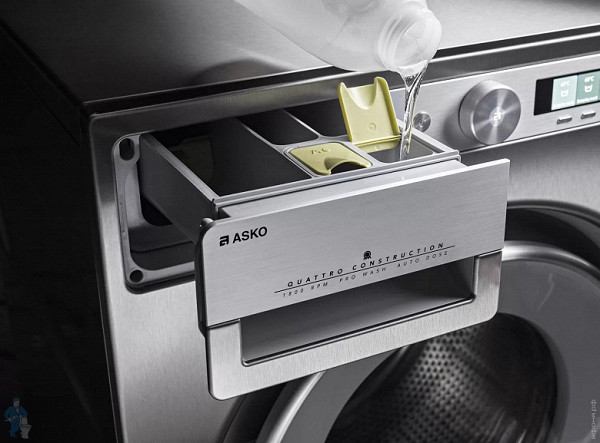
Could a dispenser come in handy?
If you're short on time or a minimalist, don't want to see the visual noise of bottles and detergent packaging, and believe in the accuracy and benefits of automatic dosing, then this feature can be very useful for you. Especially if you strive for efficient use of resources in everyday processes.
Smartphone control
Despite all the initial complexity, the washing machine is easy to operate, especially if the control panel has a large, convenient and informative display. There is no need to duplicate control via a smartphone, which can be convenient for other devices, for example, for controlling a robot vacuum cleaner or other small devices. Remote control of a washing machine can be useful for those who are just starting to live independently and are not sure about the rules of washing, using detergents and sorting laundry — it serves as a cheat sheet for choosing the right program. However, if you have a good understanding of basic washing principles, you probably won't need to recognize 20,000 fabric combinations in the app and reduce the risk of laundry damage by 18%.
Creating your own programs is the lot of the most demanding users. But remote activation is a feature that becomes useless if laundry and detergents have not been pre-loaded (dispenser advocates come to mind here!).
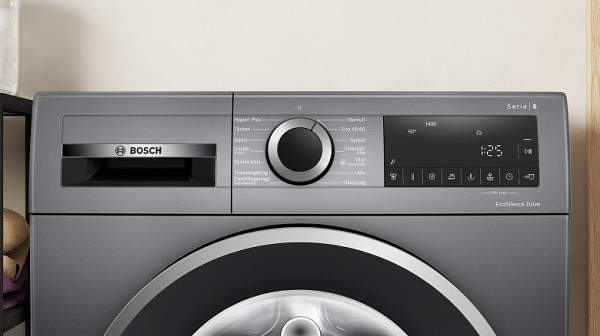
But what is it needed for?
Yes, for example, to provide remote assistance to your elderly relative for whom you purchased such a car. He will need to load laundry and detergent, close the hatch, and you will need to select a program and start the cycle. Smart fault diagnosis is also useful, but if the machine has a display, the error code is displayed there too.

Brand
Each manufacturer has successful and unsuccessful models, different lines and series, as well as typical shortcomings and vulnerabilities, which are often mentioned in reviews and by repairmen. Some cars' doors fall off, others' bottoms rot over time, others' electronics often fail, and still others make noise as if they're taking off — manufacturers clearly skimp on sound insulation for thin metal cases...
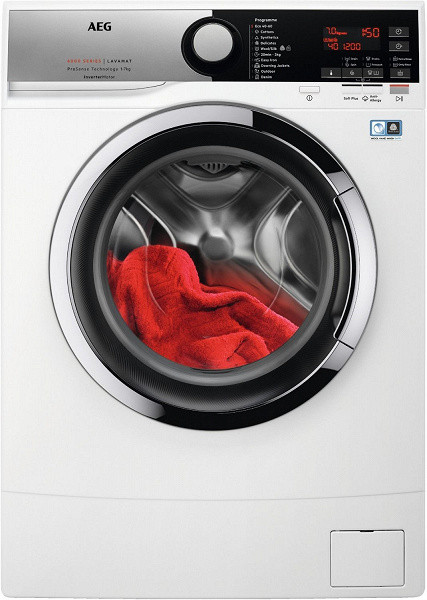
What should you pay attention to?
The determining factor is not so much the brand as the price category. Super-budget washing machines are often made from inexpensive materials that wear out quickly, which shortens their service life. In addition, they often exhibit high noise levels due to the use of thin metal and insufficient sound insulation. Such models may lack basic functions such as half load or delicate wash mode. In this price segment you will not find washing machines with direct drive and brushless motors, which are reliable, economical and quiet — these technologies are available rather in the middle and higher price categories. Among budget models, machines with a high class of washing and spinning are also rarely found. In the mid-price segment, there is a real struggle for buyers, which encourages manufacturers to offer a wide range of functions and improved characteristics.
***
When choosing a washing machine, many criteria are important — from size (remember to consider space for hoses in the back and access to the door at the front) to leakage protection features, motor type and control method, drum material, ease of use of the interface and the presence of additional functions such as drying or steam treatment. Focus on key features and don't overpay for unimportant features.
